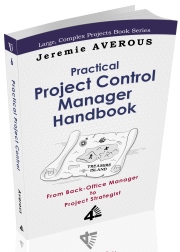Review of the book ‘How Big Things Get Done’ by Bent Flyvbjerg and Dan Gardner
‘How big things get done‘ by Bent Flyvbjerg and Dan Gardner is an interesting new book intending to explain to the general public the challenges of projects in general, and large projects in particular. It draws of course on the extensive academic body of work of Bent Flyvbjerg (professor at Oxford and quite invested in many aspects of large public projects regulation and administration), which is based on a unique database of large projects built over the years.
An attractive aspect of the book is its opening to other projects that are not industrial or infrastructure, like for example, Pixar movie production projects as a template for project definition phases, to detect good practices that could be used more widely.
A points is made about the generally dismal record of large projects, and particularly the need to take sufficient time to plan, but be quite expeditive in execution. This is summarised under the principle “plan slowly, act fast” which is a motto used through out the book. The risks associated with long execution phases cannot be understated in terms of changes to the project environment and they play a big role in the challenges of long winded projects such as nuclear industry or other infrastructure for which the construction phase is long.
The authors also reinforce the need to be very clear about the purpose and objectives of the project, and keep them in mind at any time. Also, an excellent point is made that proposed projects can always be compared with other projects in their class, and that although always unique in certain aspects, all projects can be benchmarks to improve the quality of the estimate. The authors observe that in too many cases initial estimates are way too optimistic because of this lack of benchmarking.
Finally, a point is made, and reinforced through statistical analysis of a wide database of projects, that modular projects where smaller modules can be reproduced to scale (such as typically in solar and wind projects) are more successful and avoid excessive deviations from the expected performance (long tail effects).
All in all, an easy-to-read book that can be widely recommended and introduction to those decision-makers that get involved in large projects without experience in the subjet, as well as an entertaining and inspiring read for project practitioners.














